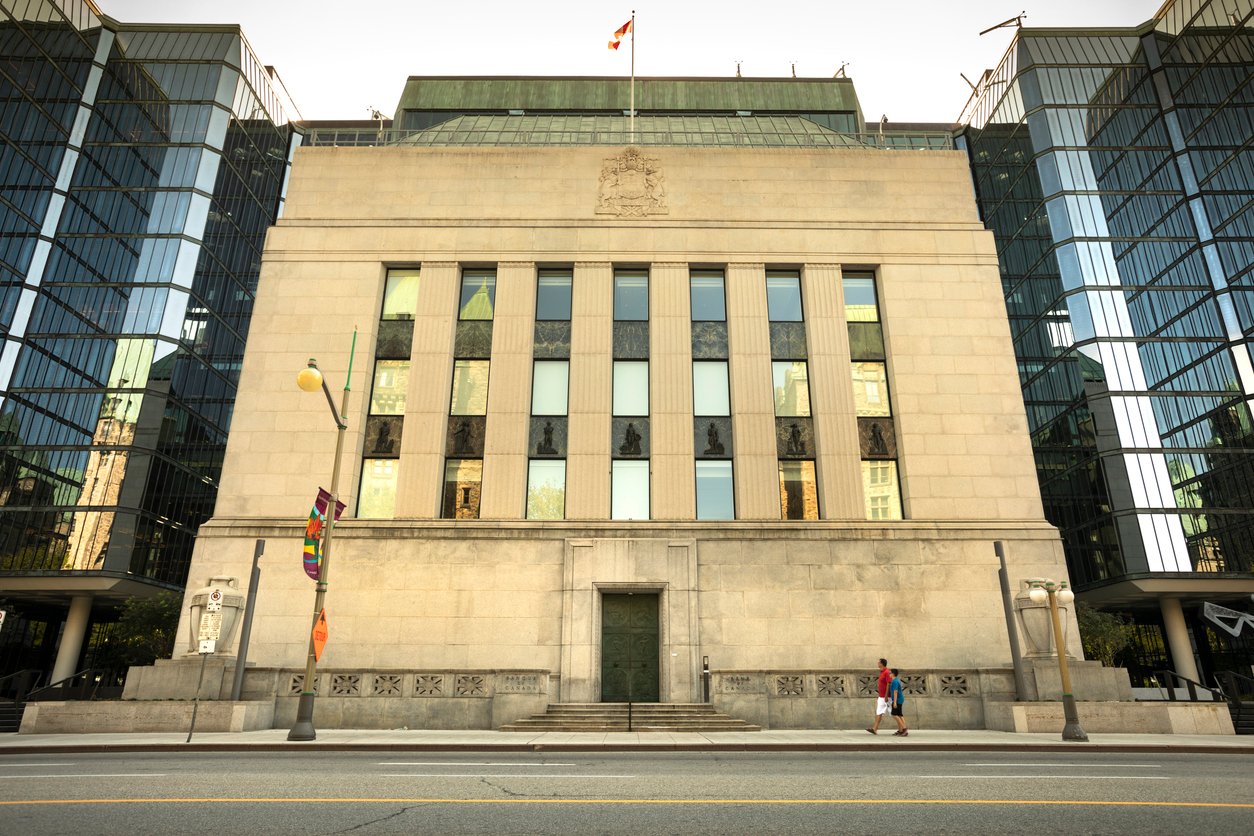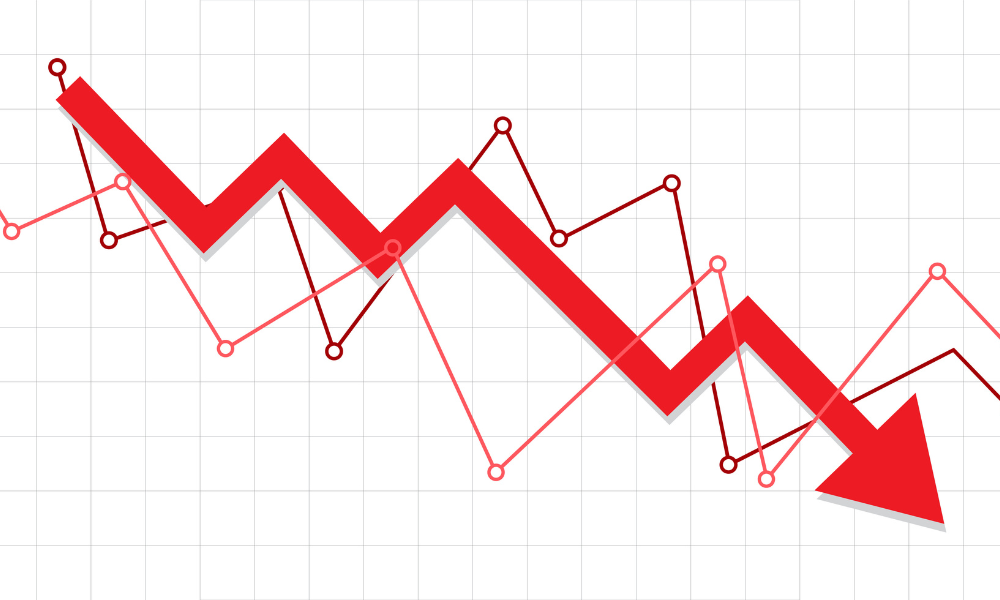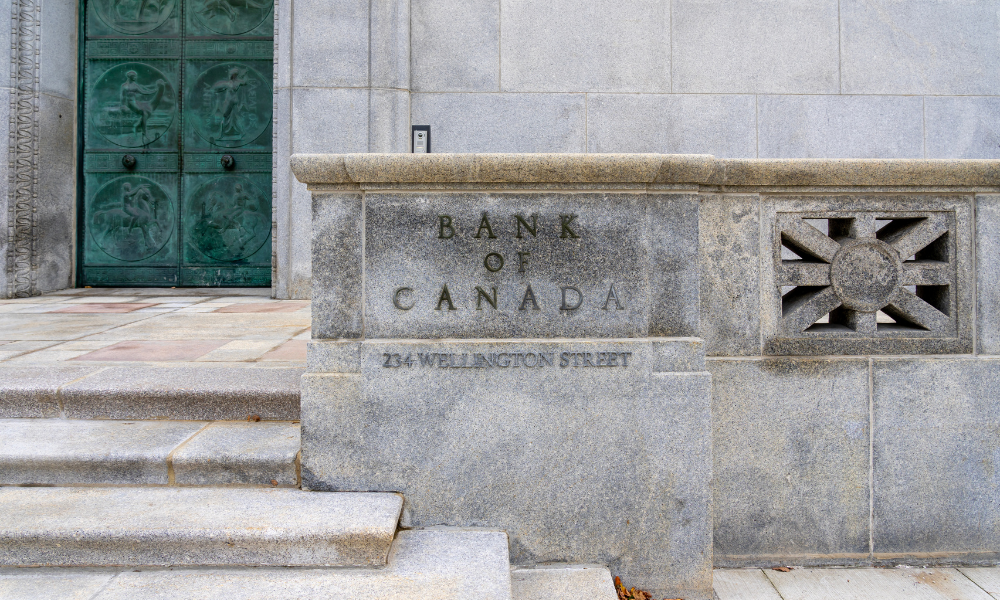US tariff threats and investment shifts push Canada into tough monetary policy decisions

The Bank of Canada’s governing council, concerned about a potential prolonged trade conflict with the United States, decided to lower interest rates last month, as reported by BNN Bloomberg.
On January 29, the central bank reduced its policy rate by a quarter percentage point to 3 percent, marking its sixth consecutive cut.
The council's deliberations, detailed in a summary released Wednesday, highlighted the impact of trade uncertainty on business decisions.
Survey data indicated that some companies were considering shifting investments to the US.
The report noted, “Members also agreed that the threat of tariffs had increased uncertainty, and this would weigh on business confidence and investment intentions, as well as consumer sentiment.”
This uncertainty supported the case for a lower policy rate.
US President Donald Trump had initially proposed a 25 percent tariff on Canadian imports, planning to implement it on his first day in office before delaying it to February. However, a deal between Canada and the US addressing fentanyl concerns led to a 30-day pause on the tariffs.
As part of the agreement, Canada committed to appointing a Fentanyl Czar and designating drug cartels as terrorist organizations.
On February 3, Prime Minister Justin Trudeau tweeted that Canada is implementing a $1.3bn border plan, which includes new helicopters, technology, and personnel to curb fentanyl trafficking.
I just had a good call with President Trump. Canada is implementing our $1.3 billion border plan — reinforcing the border with new choppers, technology and personnel, enhanced coordination with our American partners, and increased resources to stop the flow of fentanyl. Nearly…
— Justin Trudeau (@JustinTrudeau) February 3, 2025
He also announced 24/7 border surveillance and a Canada-US Joint Strike Force targeting organized crime and money laundering.
While the agreement temporarily eased trade tensions, uncertainty over potential tariffs has made the Bank of Canada hesitant to provide forward guidance on interest rates.
The council acknowledged the need to update Canadians on the economic impact of a trade conflict.
“Members agreed that it would be important to provide Canadians with their updated analysis and assessments of the impact of a trade conflict on the economy and inflation as it unfolds,” the summary stated.
The central bank will issue updates if trade war developments significantly alter its economic outlook.
The discussion on public communication followed a recent internal review of the bank’s performance during the pandemic. The review suggested improvements in explaining its approach to large-scale economic disruptions.
An external panel that assessed the report agreed on the need for greater transparency, particularly regarding unconventional policy tools.
The external review stated, “All in all, there are a number of ways by which the bank could continue to refine and explore accessible methods to communicate its policy decisions.”
As council members assessed potential economic consequences, they noted that Canada’s response to tariffs could drive inflation higher while declining GDP would exert downward pressure.
The report stated, “Governing council members agreed that monetary policy cannot offset the long-term economic adjustment that permanent tariffs would cause. And in the short run, monetary policy cannot lean against lower growth and higher inflation at the same time.”
However, it added that with inflation under control and interest rates already lowered, monetary policy was “better positioned to help smooth the economy’s adjustment to a tariff shock.”
Council members observed positive signs in economic growth and inflation stability, with inflation remaining at the central bank’s 2 percent target. However, the job market showed mixed signals.
While the economy added 91,000 jobs in December, the unemployment rate stood at 6.7 percent, and younger workers and newcomers faced challenges securing employment.
“Members agreed they needed to see this trend over a longer period to be convinced that the labour market was strengthening,” the report said.
Ultimately, the council determined that lowering the interest rate by a quarter percentage point “would be helpful to support growth and better balance inflation risks.”
Recently, Reuters reported that the Bank of Canada has warned a prolonged trade conflict with the US could lead to a permanent decline in Canada's GDP.
Prime Minister Justin Trudeau also addressed the issue on Wednesday, stating that if the United States imposes tariffs on Canadian steel and aluminum imports, some Americans will lose their jobs, and US growth will suffer.
Speaking to reporters in Brussels, he reiterated that Canada would respond with countermeasures if necessary.
Meanwhile, US President Donald Trump is threatening tariffs on steel and aluminum, along with broader tariffs on all Canadian imports.



